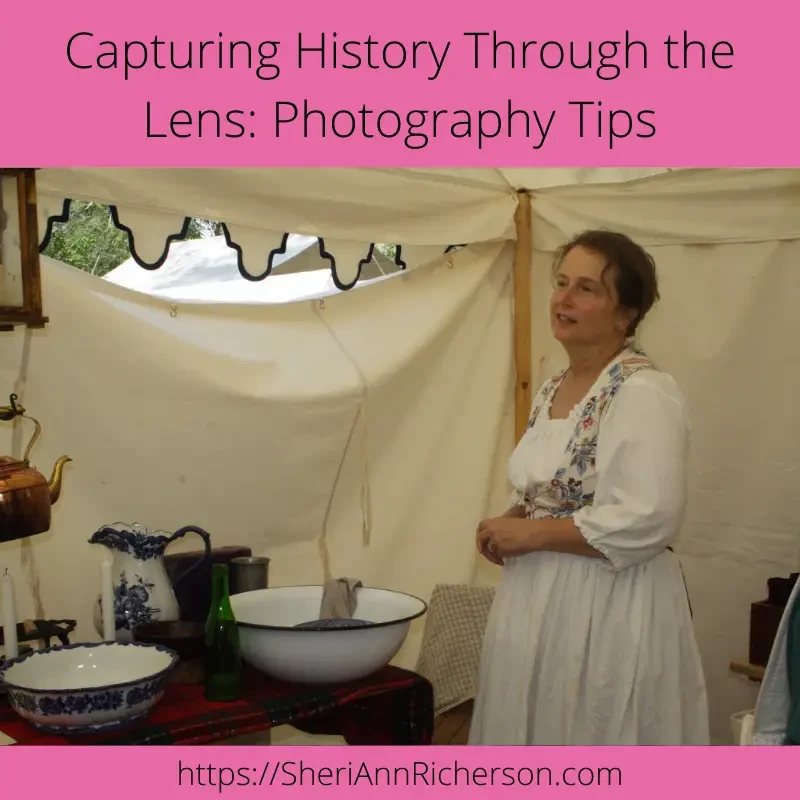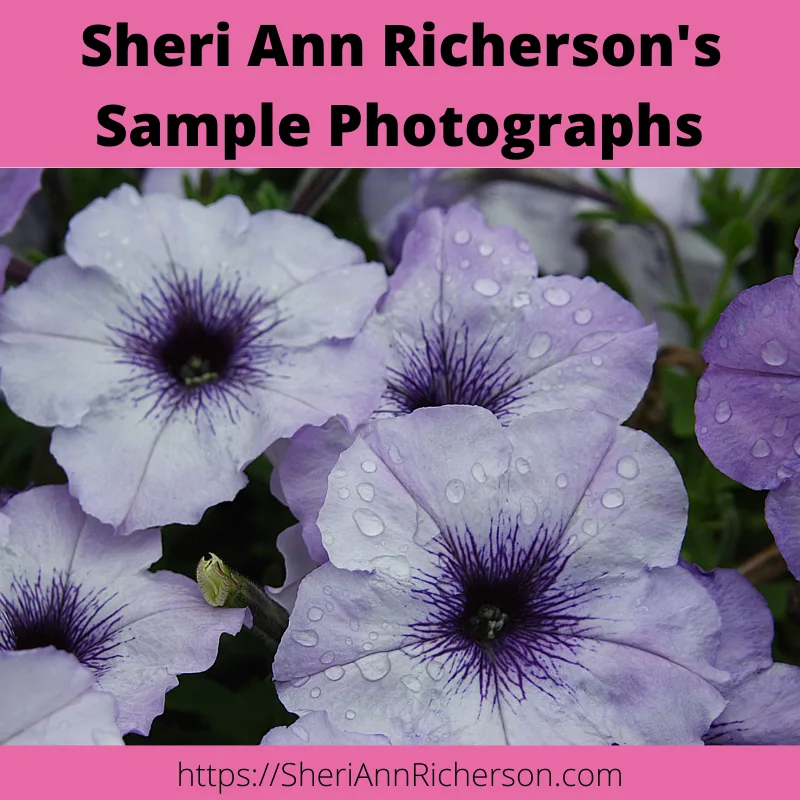In the ever-evolving world of photography, where the shutter captures a multitude of moments, capturing history through the lens remains a phrase that resonates deeply with the essence of our craft.
It's a journey back in time, a voyage through the annals of history, and an exploration of the intricate tapestry of nature's creation.
This is not just photography; it's storytelling in its most visual form.
Over the years, I've found that my lens often becomes the bridge between the past and the present.
Today, we embark on a new adventure, where my journalist's style meets my passion for capturing the timeless beauty of historical sites and the evergreen charm of gardens.
Through this post, we will delve into the art and science of historical photography.
I'll share tips, both timeless and tech-savvy, to help you breathe life into your images.
But more than that, we'll explore the profound connection between the photographer and the subject, delving into the secrets of patience and respect.
So, join me in this photographic odyssey as we embark on a visual storytelling adventure, embracing the past and embracing the lens.
It's time to capture history, one frame at a time.
Exploring Historical Sites and Gardens
When you're visiting historical sites and gardens, it's like stepping back in time.
These places are brimming with stories waiting to be told through your photographs.
I often find myself drawn to old barns, rustic farmhouses, and the serene beauty of homesteads, which have their own historical charm.
Here are some tips to make the most of your visits to these locations:
- Golden Hour Magic: Step into history bathed in soft, warm light. The golden hour, just after sunrise and before sunset, transforms sites and gardens, adding a magical touch to your shots. Plan visits strategically to capture vibrant hues, intricate details, and captivating light and shadow.
- Compose with Care: Craft visually appealing photos using composition techniques like the rule of thirds, leading lines, and framing. Explore the striking architecture and natural frames in historical sites. Off-center your subject, create balance, and guide the viewer's eye with leading lines. Use archways and doorways as natural frames to add depth and context.
- Tell a Story: Every historical place has a unique tale. Focus on details like ornate carvings, weathered textures, and blooming flowers. Capture the spirit of the site by revealing its story through intricate elements. Pay attention to architectural nuances and the natural beauty within the garden, transporting viewers to another time.
- Wide and Detailed Shots: Experiment with perspectives. Wide-angle shots showcase grandeur and scale, capturing the overall atmosphere of historical buildings and expansive gardens. Zoom in for close-ups, revealing intricate details and patterns that might go unnoticed. Balance wide and detailed shots for a comprehensive visual journey.
By following these tips, you can capture the history and beauty of historical sites and gardens through your lens.
Remember to plan your visits during the golden hour, pay attention to composition, tell a story through details, and experiment with a variety of shots.
With these techniques, your photographs will transport viewers to a different time and place, allowing them to experience the magic of these historical locations.
Tech-Savvy Photography
In this digital age, technology can be your greatest ally in enhancing your photos.
With the right tools and techniques, you can take your photography to the next level and capture the beauty of historical sites and gardens in a whole new way.
Here are some tech-savvy tips to consider:
- HDR Mode: Many smartphones and cameras come with High Dynamic Range (HDR) mode. This feature can help balance the exposure in situations where you have both dark shadows and bright highlights, which is common in historical sites and gardens. HDR mode takes multiple exposures of the same scene and combines them to create a well-exposed image. This can result in photos with more detail in both the shadows and highlights, allowing you to capture the full range of tones in a scene.
- Tripods for Stability: For those moments when you want to capture a breathtaking sunset or a well-lit garden at night, a tripod is invaluable. It ensures your photos remain sharp and free from blurriness. By stabilizing your camera, a tripod allows you to use longer shutter speeds without introducing camera shake. This is especially useful in low-light situations where you need to use slower shutter speeds to capture enough light. A tripod also gives you the freedom to experiment with different compositions and take your time to get the perfect shot.
- Editing Apps: Post-processing can work wonders for your photos. There are numerous editing apps available that can help you enhance the colors, contrast, and sharpness of your images. It's like giving your photos a touch of magic. With these apps, you can fine-tune your photos to bring out the details and make them truly stand out. Adjust the exposure, saturation, and white balance to create the desired mood and atmosphere. Experiment with different filters and effects to add a creative touch to your photos.
- Drones for Aerial Shots: Drones have opened up a whole new world of photography. They can capture stunning aerial shots of historical sites and expansive gardens, providing a unique perspective that's sure to wow your viewers. With a drone, you can capture the grandeur of a historical building from above or showcase the intricate patterns and designs of a garden from a bird's-eye view. Drones allow you to explore new angles and compositions that were once only possible with expensive equipment or from a helicopter. Just make sure to follow local regulations and guidelines when flying a drone.
By embracing technology and incorporating these tech-savvy tips into your photography, you can elevate your images and create stunning visuals of historical sites and gardens.
Whether it's using HDR mode to capture the full dynamic range of a scene, using a tripod for stability, editing your photos to perfection, or exploring aerial photography with a drone, these tools and techniques can help you capture the beauty and essence of these locations in a whole new light.
Connecting with Your Subject
One of the most important aspects of photography is connecting with your subject.
When photographing historical sites and gardens, this connection can be deeply emotional.
It's about understanding the history and feeling the ambiance of the place.
Here are a few tips to help you establish that connection and capture the essence of these locations.
- Research: Before you visit a historical site, take the time to read up on its history. Understanding the background and significance of the place can provide valuable context for your photography. It allows you to focus on capturing the essence and spirit of the location. By knowing the stories and events associated with the site, you can better convey its historical significance through your images. Research can also help you identify specific areas or details that you want to capture, ensuring that your photographs tell a compelling story.
- Be Patient: Sometimes, capturing the perfect shot requires patience. Historical sites and gardens have their own rhythm and flow, and it's important to observe and wait for the right moment. It could be the way the sunlight filters through the leaves, casting a beautiful glow on the surroundings. Or it could be a historical reenactment happening at the site, adding a sense of authenticity and liveliness to your photographs. By being patient and observant, you increase your chances of capturing that magical moment that truly encapsulates the spirit of the place.
- Respect and Preservation: As photographers, we have a responsibility to be respectful of the historical sites and gardens we visit. These locations are not just backdrops for our photographs; they are living pieces of history. It's important to follow any rules or guidelines set by the site management to ensure the preservation of these precious places. Avoid trampling on delicate gardens or climbing on ancient structures. By treating these locations with respect, we can help preserve them for future generations to enjoy. Remember, we are not just photographers; we are stewards of history.
By connecting with your subject, whether it's a historical site or a beautiful garden, you can capture the essence and emotion of the place in your photographs.
Through research, patience, and respect, you can create images that not only showcase the beauty of these locations but also tell a story and evoke a sense of history.
So, the next time you visit a historical site or garden, take a moment to connect with your subject and let your photographs reflect the rich tapestry of the past.
Remember, photography is not just about capturing images; it's about capturing moments and emotions that transcend time.
The Joy of Sharing
After capturing those memorable moments, the joy lies in sharing them with the world.
Social media, blogs, and vlogs offer fantastic platforms to connect with fellow enthusiasts.
In my experience, sharing what you create or the beauty of your journey is incredibly rewarding.
- Engage with the World: Platforms like Instagram are perfect for connecting with a global community of history and garden enthusiasts. Use relevant hashtags, engage with others, and expand your reach. Your images not only showcase your talent but also inspire others to appreciate the beauty and significance of historical sites and gardens.
- Create a Visual Invitation: Your photographs serve as more than just images—they become a visual invitation for others to experience history and ambiance firsthand. Encourage your audience to explore these locations themselves, fostering a shared appreciation for the past.
- Share Knowledge and Stories: Go beyond the image—share the stories and knowledge behind your photographs. Educate your audience about the history and significance of each site or garden, deepening their appreciation for the subject matter. Provide context and insights to enrich their experience and understanding.
- Bridging Hobbies and Passions: Photography is a bridge between different hobbies and interests. Connect your love for capturing history with DIY crafts, food preservation, and homesteading. Create a cohesive narrative that reflects your multifaceted passions, showcasing a diverse and vibrant lifestyle.
In conclusion, capturing history through the lens is a delightful journey.
It's about connecting with the past, utilizing technology to enhance your craft, and sharing the beauty of historical sites and gardens with the world.
Your photographs become a part of history themselves, inspiring, educating, and creating a lasting impact beyond the boundaries of your lens.
So, pick up your camera, explore those historical gems, and let your images tell stories that resonate with the world.
How to Gear Up: Essential Camera and Video Equipment List for Capturing Every Moment
Embark on a visual journey, capturing history through the lens, and uncover the beauty of historical sites and gardens.
Some of the photos I have taken over the years.
Discover top tech gadgets for adventurous explorers, from GPS devices to garden drones. Enhance your journeys with these cutting-edge tools.
Are you ready to start working with 4k video footage? Here are three helpful tips you need to know before you start to record 4k video. #4Kvideofootage #4kvideo #takingvideosoniphone #takingvideostips








